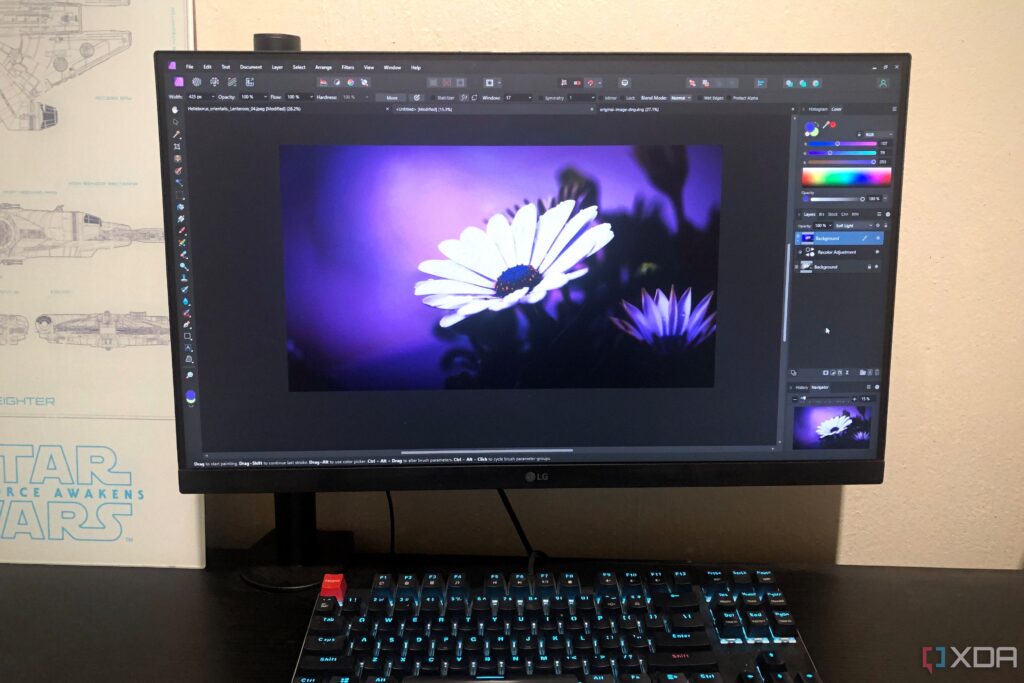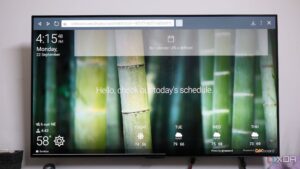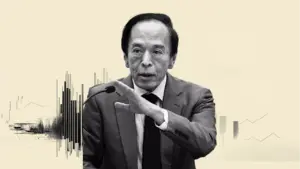
BREAKING NEWS: In a bold move away from artificial intelligence, creative professionals are increasingly turning to traditional design tools, as reports confirm a significant surge in the usage of software that remains free from AI features. As of July 2024, a growing number of users have expressed frustration over the intrusive AI prompts in popular creative applications, leading to a resurgence of classic design tools.
Creative software has evolved to digitize ideas, but the recent integration of AI has prompted many to seek alternatives that prioritize user creativity. The dissatisfaction with AI-driven features is palpable, with users claiming these technologies often overshadow their artistic skills.
WHAT’S HAPPENING NOW: Users are actively embracing software like Affinity Designer, known for its commitment to remaining AI-free despite its acquisition by Canva. This vector graphics editor provides powerful tools for pixel-perfect illustrations without AI interference. Available for macOS, Windows, and iPadOS, Affinity Designer is becoming a go-to for creatives looking to reclaim their artistic independence.
Similarly, Affinity Photo has emerged as the preferred choice for image manipulation. Users appreciate its diverse editing personas, allowing for a tailored experience without the encroachment of AI technologies. With functionalities for RAW format editing and tone mapping, it empowers artists to work on their terms, accessible across all major operating systems.
Affinity Publisher is gaining traction among graphic designers, offering robust layout capabilities without AI distractions. Ideal for creating marketing collateral and digital designs, it supports various formats, making it a versatile option for today’s creatives.
Also trending is Penpot, an open-source UX/UI design tool that rivals popular platforms like Figma. Users are drawn to Penpot’s absence of AI features, enabling seamless collaboration between designers and developers. Its user-friendly interface ensures a smooth design process, further solidifying its status as a top choice.
Another noteworthy contender is OmniTools, a browser-based suite that combines basic video and PDF editing capabilities without AI elements. This tool is particularly appealing for users who desire straightforward functionality while keeping their creative projects entirely local.
Artists are also rallying around Procreate, a digital illustration app that has steadfastly refused to incorporate AI features. The platform’s commitment to user creativity has made it a beloved choice among illustrators, particularly for iPad users wanting to create dynamic digital art without AI interference.
The backlash against AI integration in creative software reflects a broader trend where artists seek to maintain control over their artistic process. The emergence of these AI-free alternatives underscores a collective desire to prioritize genuine creativity over automated solutions.
WHAT TO WATCH FOR: As the demand for AI-free creative software continues to rise, industry experts speculate that more developers might follow suit, offering tools that empower users to express their creativity without reliance on AI. This shift could redefine how creative professionals interact with technology, emphasizing the value of human skill and imagination.
The growing movement towards traditional design tools highlights the ongoing conversation about the role of AI in creative fields. For many, the act of creation is a deeply personal experience, and the resurgence of these software options offers an opportunity to reconnect with that essence.
With users increasingly prioritizing authenticity and personal expression, the landscape of creative software is poised for significant transformation.






